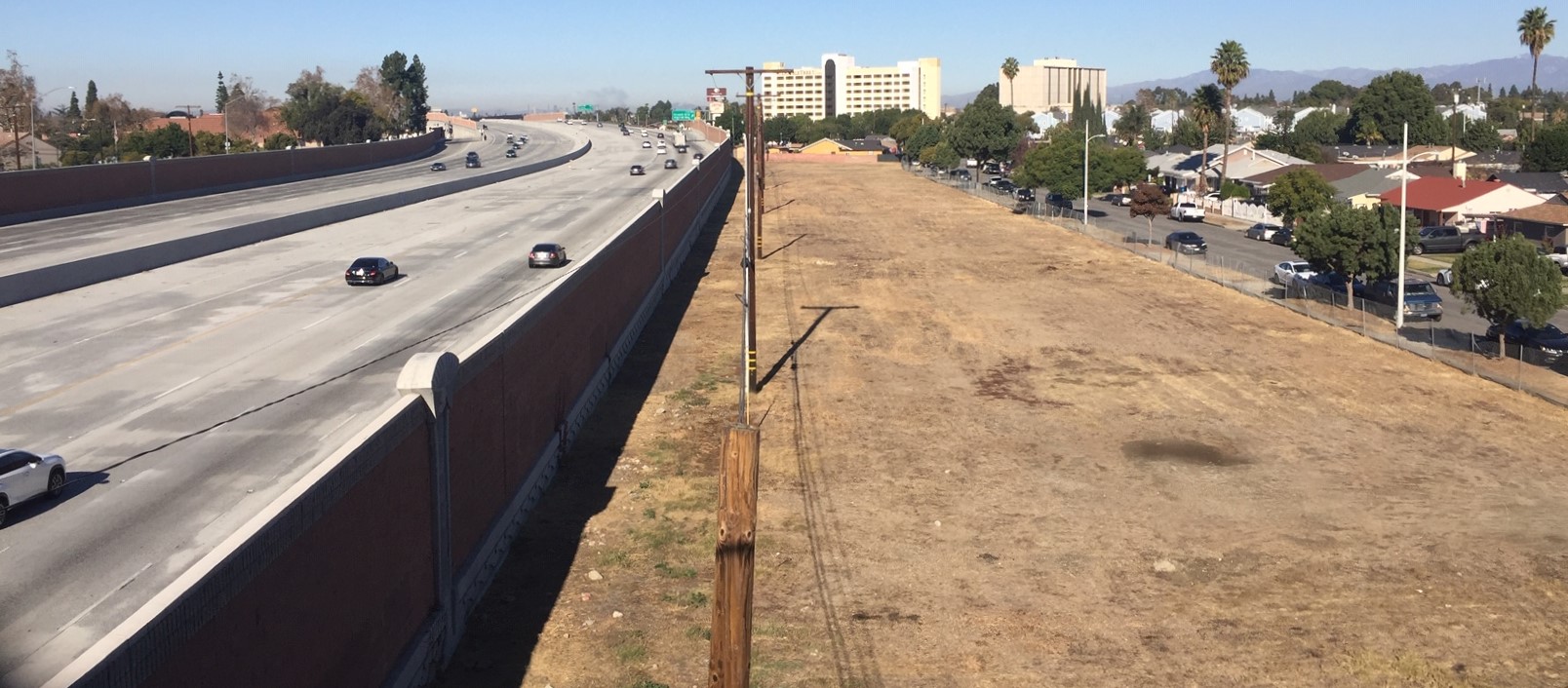Last Summer, Metro and Caltrans announced that their plans for widening the 605 and 5 Freeways would impact more than a thousand properties, including the demolition of hundreds of homes, mostly in the cities of Downey and Santa Fe Springs. The large number of demolitions, and even Metro's involvement in them, came as a surprise to some readers. Unfortunately, the destruction is a continuation of Metro work already underway.
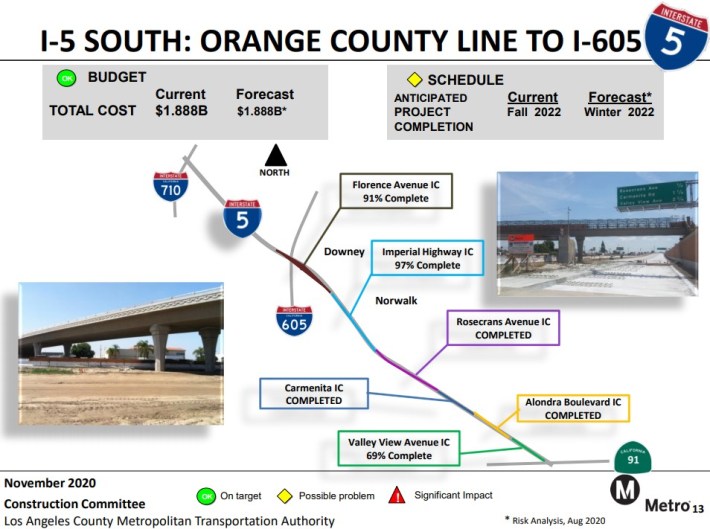
For a decade, Metro and Caltrans have been widening the southern portion of the 5 Freeway - seven miles between the Orange County Line to the 605 Freeway. The $1.9 billion mega-project has been under construction since 2011, and is expected to be complete in late 2022. Caltrans has repeatedly made false claims about the project, stating that it will “reduce pollution” and “minimize congestion.” The project website currently states that it will "decrease surface street traffic and help improve air quality." Of course, no freeway widening anywhere has ever delivered these sorts of benefits.
What the project has delivered is a massive erasure of neighborhoods - houses, apartments, businesses - mostly in the cities of Norwalk and Santa Fe Springs. In 2006, the L.A. Times reported that the then-$1.2 billion project would impact "as many as 200 homes and nearly 350 businesses." The project's 2007 Final Environmental Impact Report shows 210 full residential parcel acquisitions, predominantly (184) in the city of Norwalk.

Below are some before/after images showing how Metro has demolished L.A. County homes for the South 5 Freeway widening project.

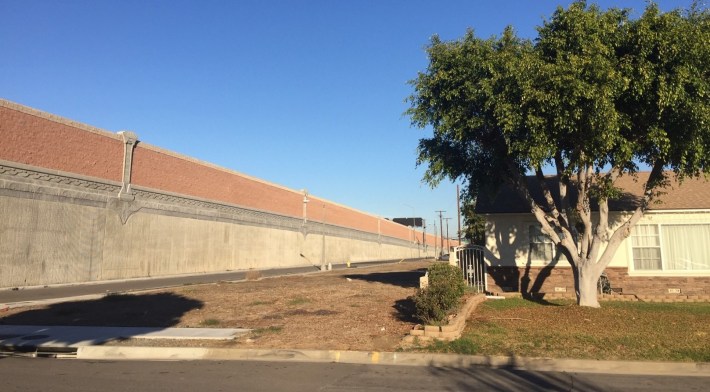

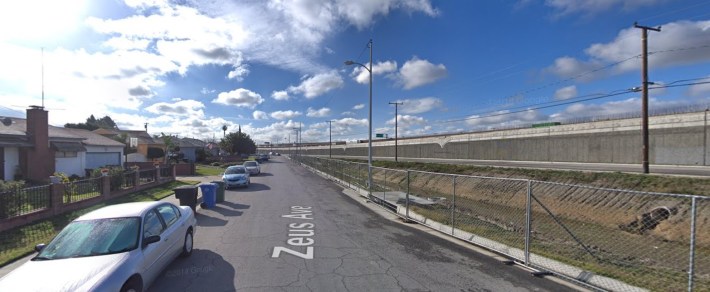

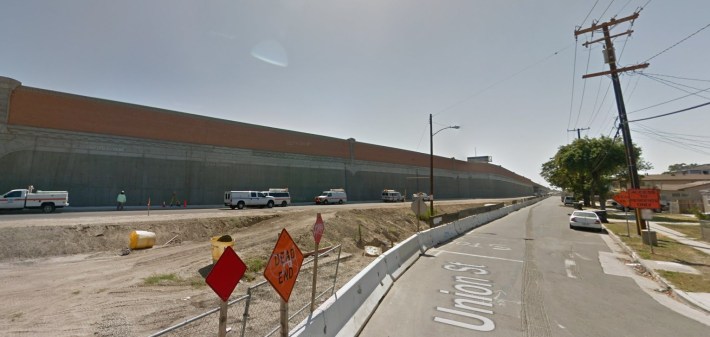
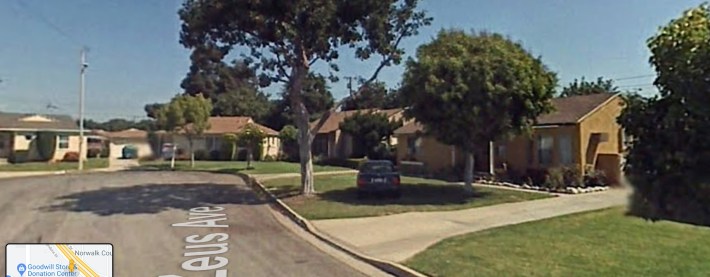
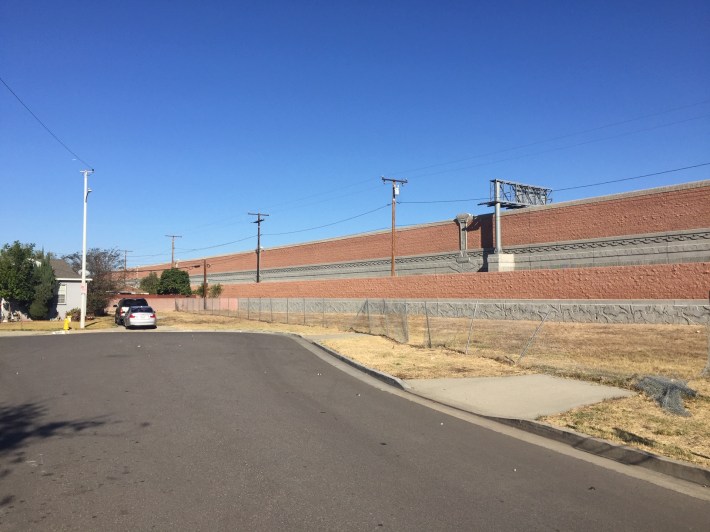
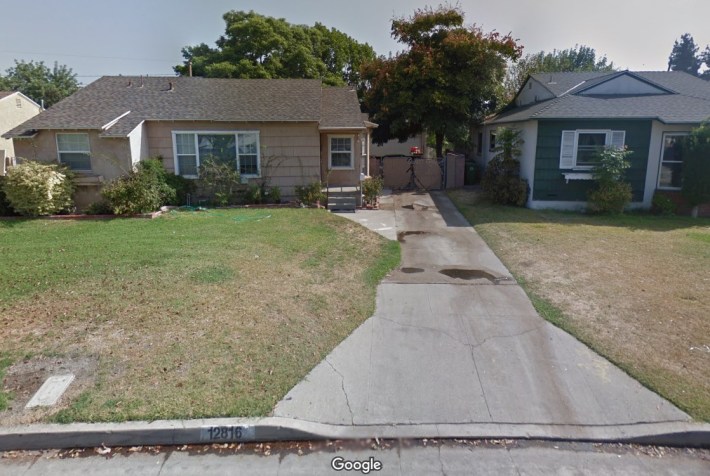
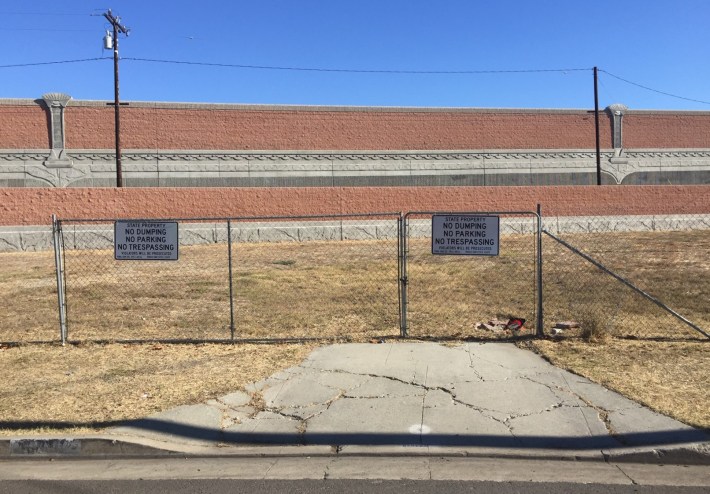

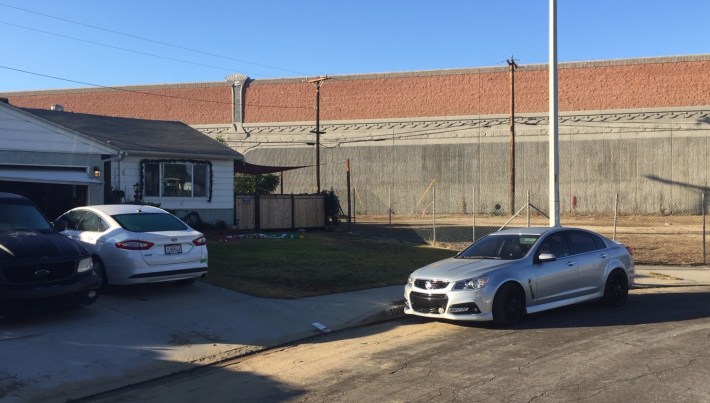
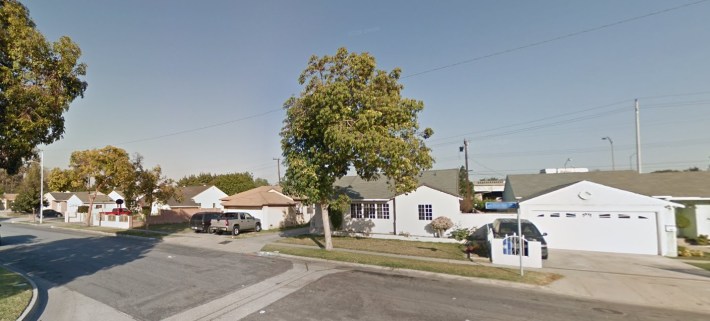

Metro and Caltrans demolitions have not been limited to homes and apartments, but include several large retail sites, too.
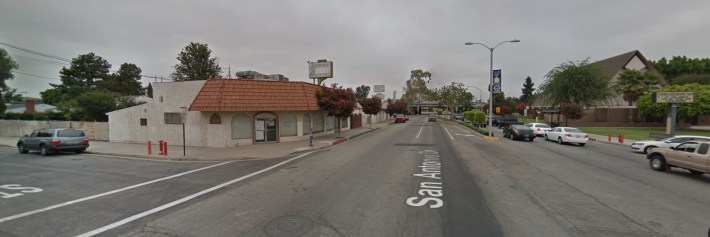
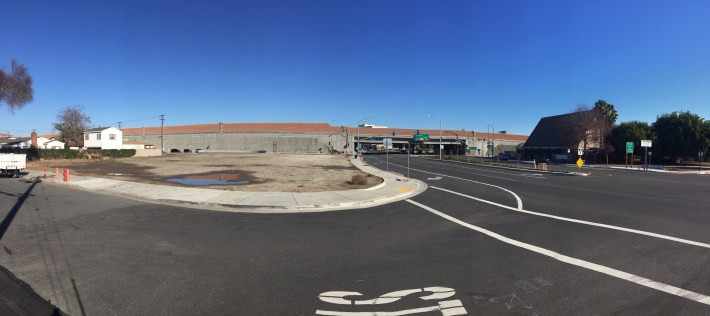
To see more of these sorts of pictures - one can follow Metro and Caltrans' "My5LA" Twitter account, which shows off demolition sites that these agencies appear to be proud of.

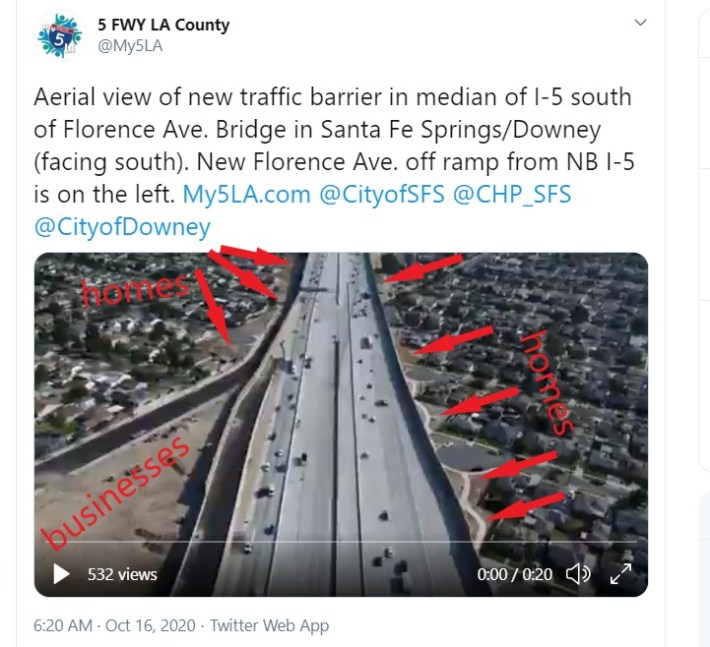
The project website features high-production-value photos of Metro demolition sites, for example this panorama of home and business demolition sites north and south of Imperial Highway in Norwalk. Perhaps Metro and Caltrans could spend less money on touting their demolitions, and direct the savings toward preserving homes?


The above photos may seem like a lot, but do not show all of Metro and Caltrans' demolition sites along the 5 Freeway between Orange County and the 605. The 2007 FEIR shows 210 residential demolitions over seven miles.
And Metro Highway Program plans are getting worse. Metro's 605 Corridor Improvement Project (605CIP) plan calls for a greater intensity of demolition: 200+homes along just ~2.5 miles of the 5 Freeway through the city of Downey. Fortunately the Metro board recently signaled that these excessive home demolitions may no longer be acceptable. An October 2020 motion directed Metro staff to study less harmful alternatives for the 605CIP.
Even when freeway projects have been canceled, Caltrans has been reluctant to relinquish the housing it has acquired. For example, although Metro canceled the $6 billion North 710 Freeway tunnel project in 2017, Caltrans has yet to determine what it will do with the homes it now owns in that corridor. In late 2020, a group of unhoused families and activists occupied some of Caltrans' vacant residences in El Sereno. But law enforcement arrived to remove them that same day, and now guard the homes to ensure they remain empty.
Big transportation agencies, Caltrans and Metro included, should stop touting their demolitions as accomplishments. Their project decisions have lasting adverse impacts on communities - particularly on the housing supply, and particularly at a moment when the state is experiencing such shortages. As agencies plan for the future, they need to play more positive roles in preserving homes, and ensuring their projects preserve and contribute to - rather than detract from - the local housing (especially affordable housing) supply.

